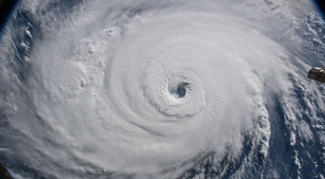By J.D. ALT
I know nothing about motorcycles, and not much more about the U.S. Federal Reserve system—yet I feel compelled to dismantle, pick apart, and understand the latter for the simple reason that it seems to be a machine I’ve been riding on (and vaguely writing essays about) for some time now. So, it stands to reason I shouldn’t be ignorant of it. Not that I would get much help in this effort from American economists. Indeed, they seem intent on keeping the mechanism under wraps—as if it were a proprietary secret which they can only refer to in code. Or, perhaps, they are just the kind of bikers who leave it to their mechanic to know how the carburetor works. There are a few exceptions—one being Eric Tymoigne who saw fit to post a kind of on-line parts manual for anyone who wants to take the time, and make the mental effort, to figure the machine out. So, I have the parts spread out now on my workshop floor. Here’s my own interpretive consideration, thus far, of what I’m looking at:
Three Dollars
There are not just “U.S. dollars,” but three kinds of dollars—or, perhaps a better description: there are three “states of existence” a dollar jumps back and forth between. The most fundamental state of a U.S. dollar is as a “reserve” in the Federal Reserve banking system. “Reserves,” as they’re commonly referred to, are what you might think of as “real money”—the “actual thing” of which the other two states are what I’m perceiving to be “pre-reserve” and “post-reserve” variations.













